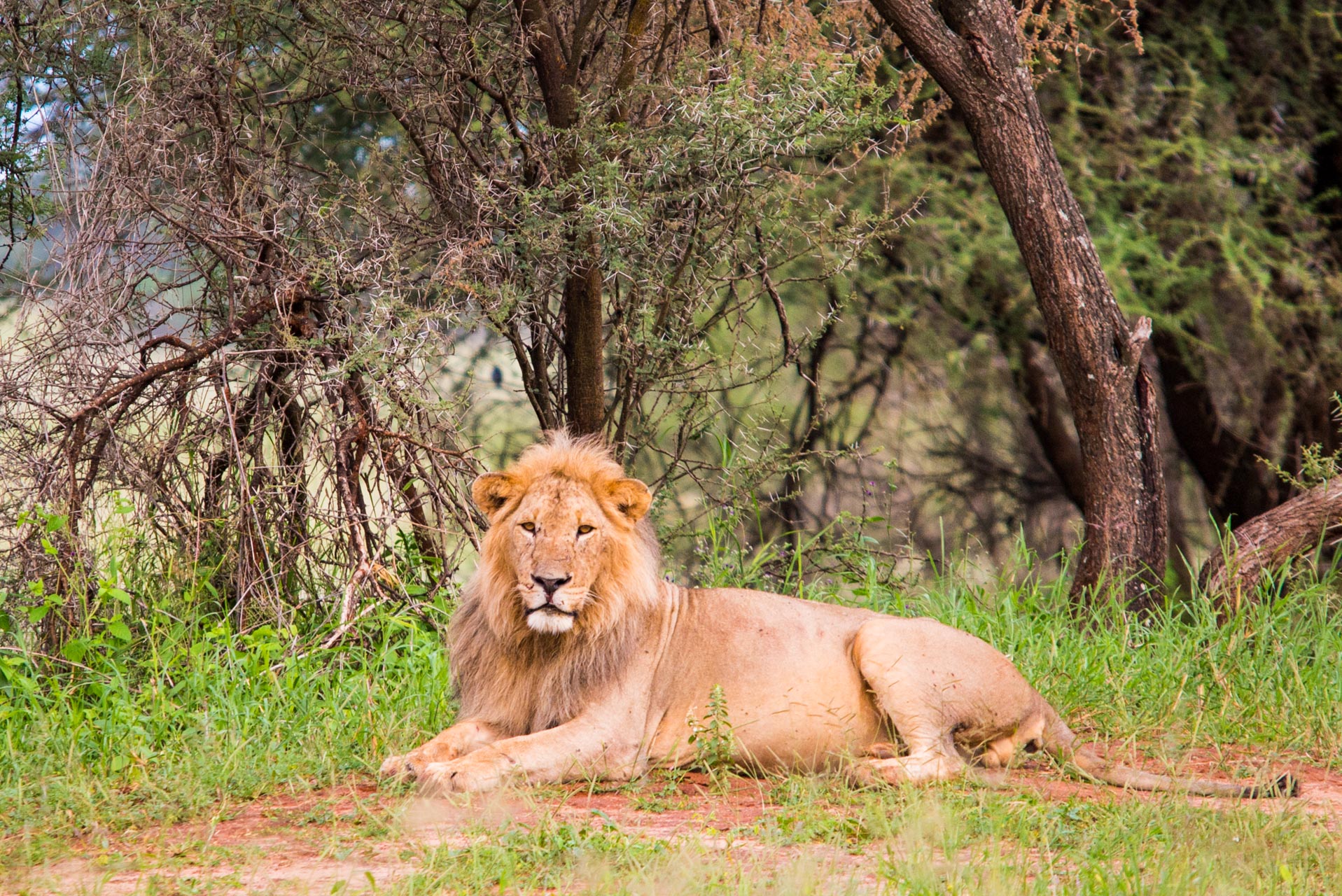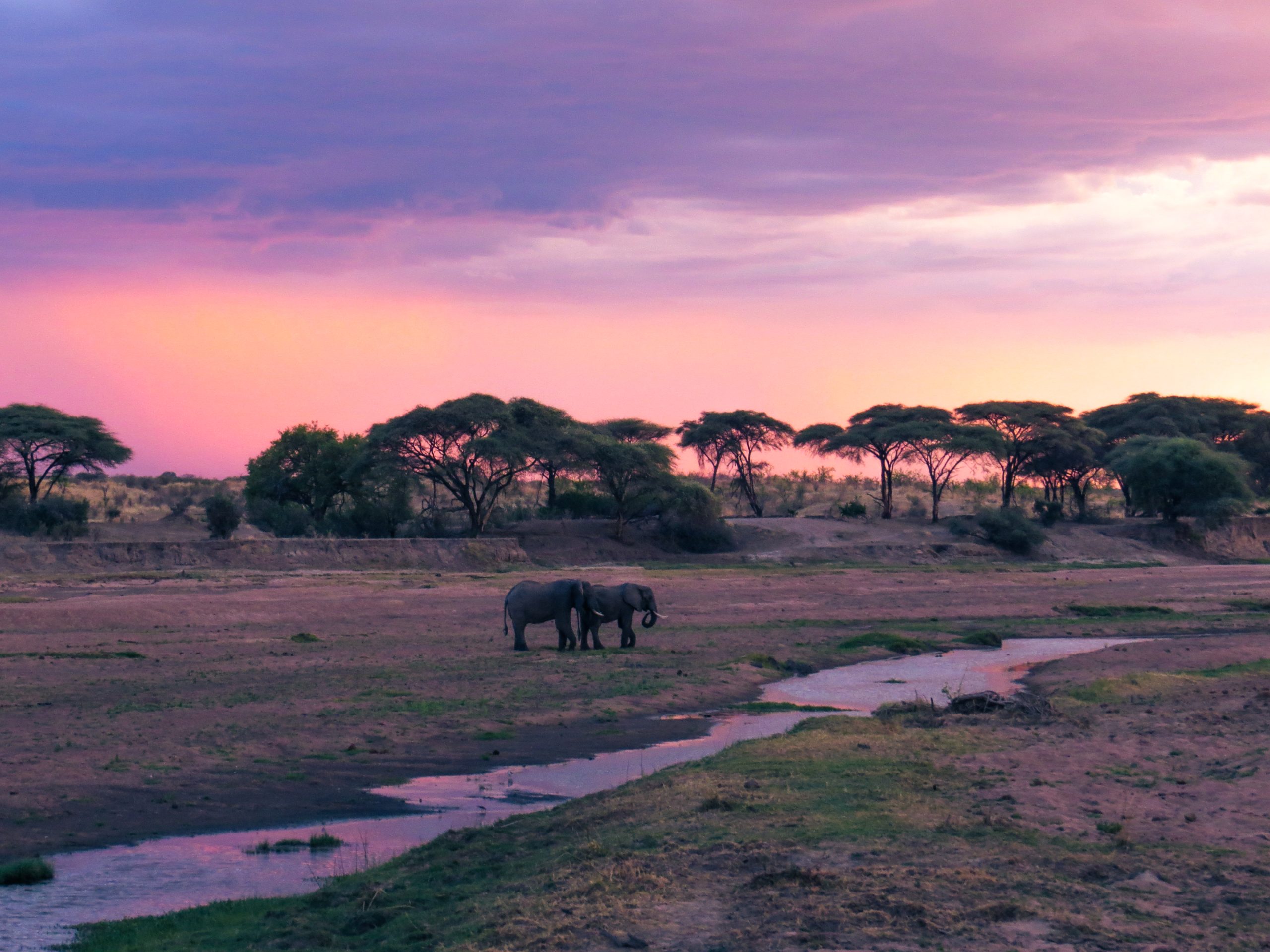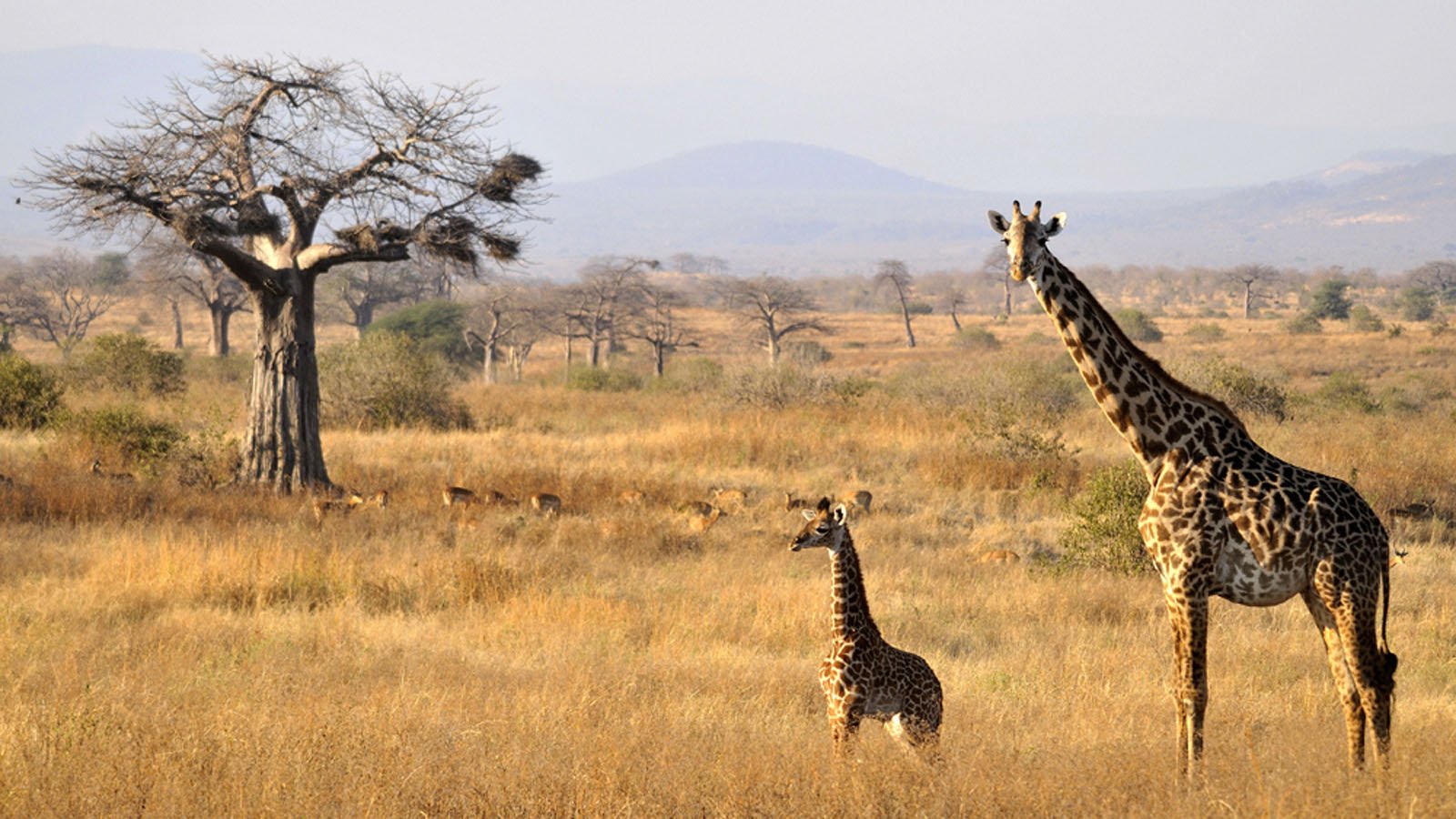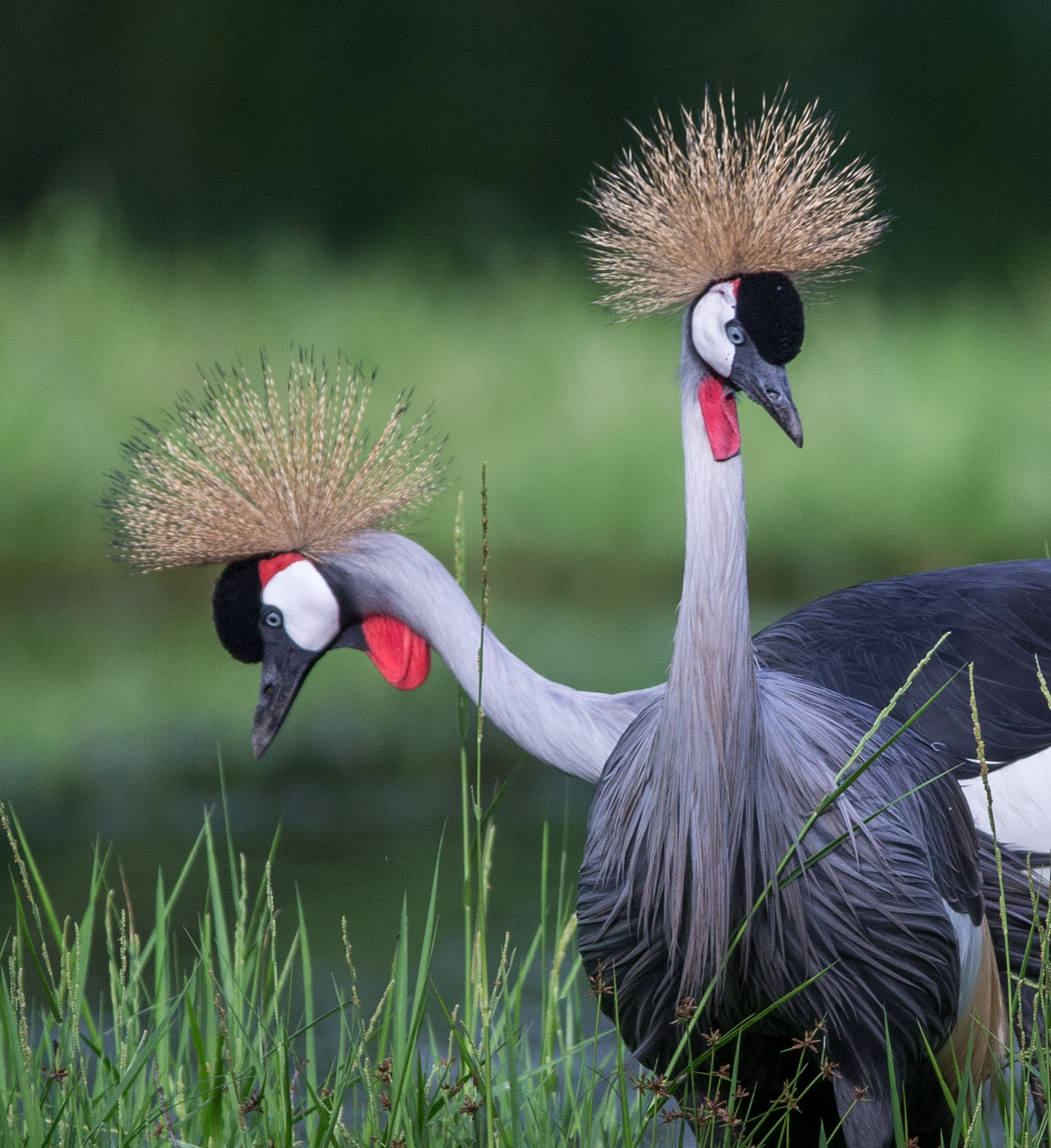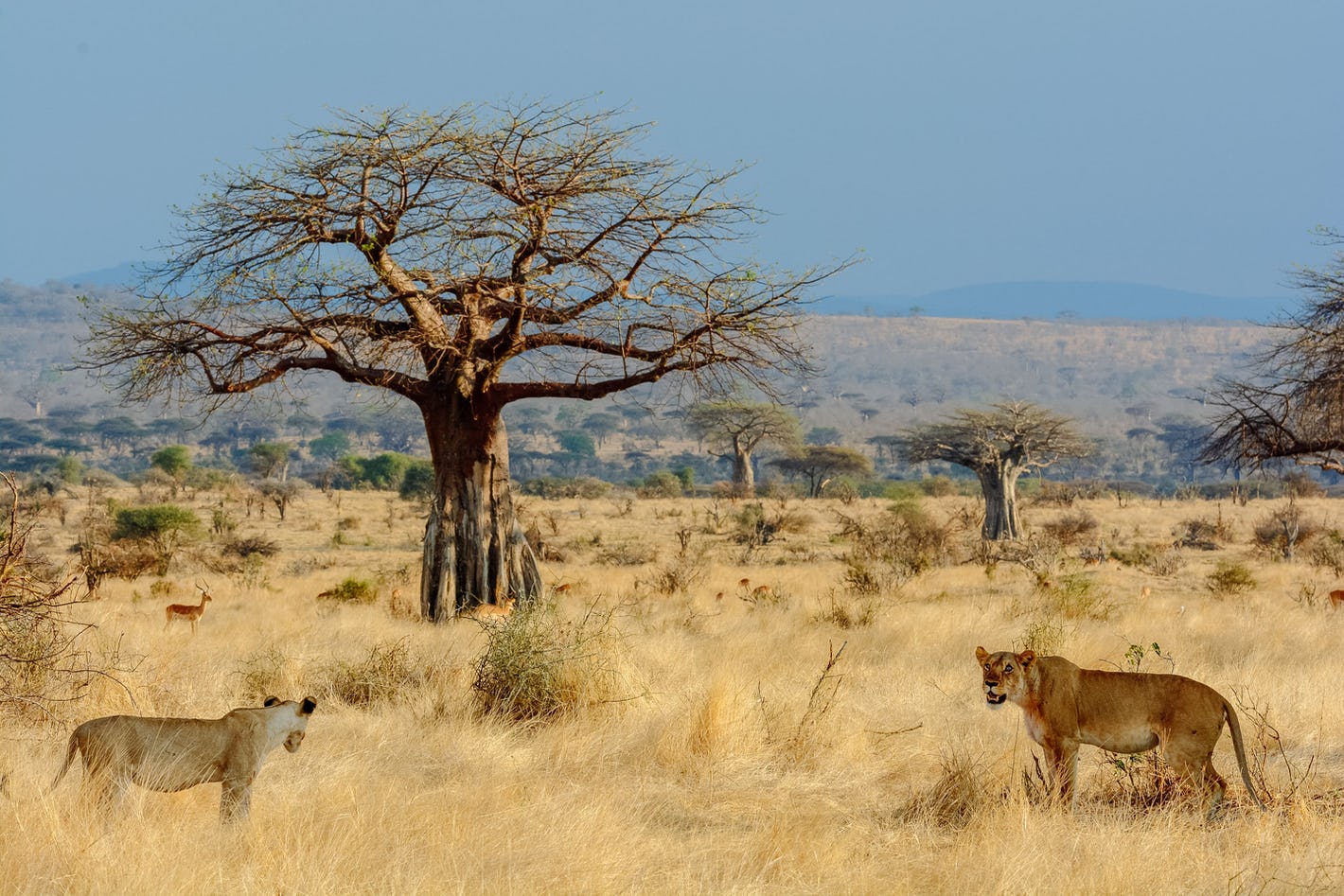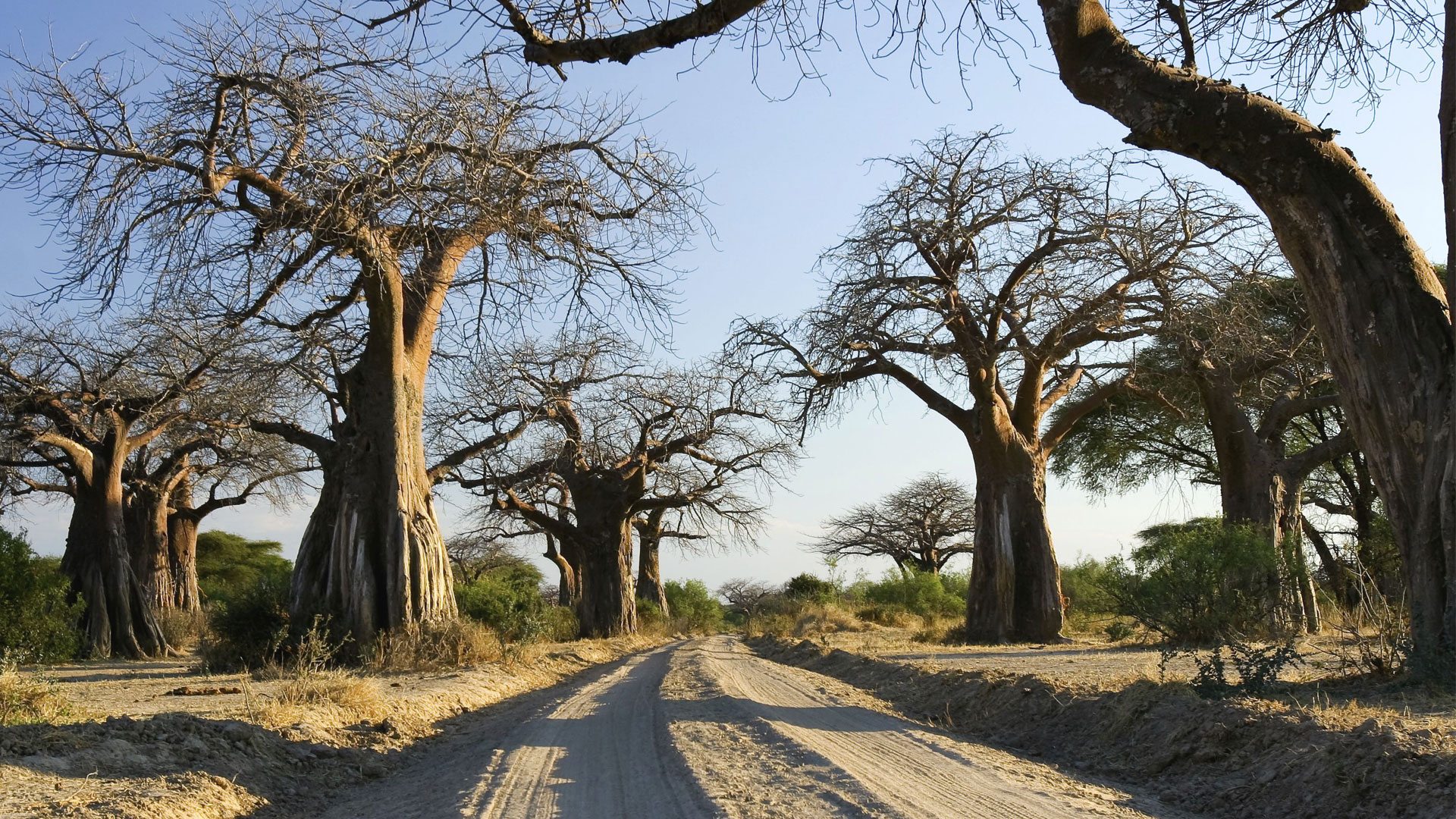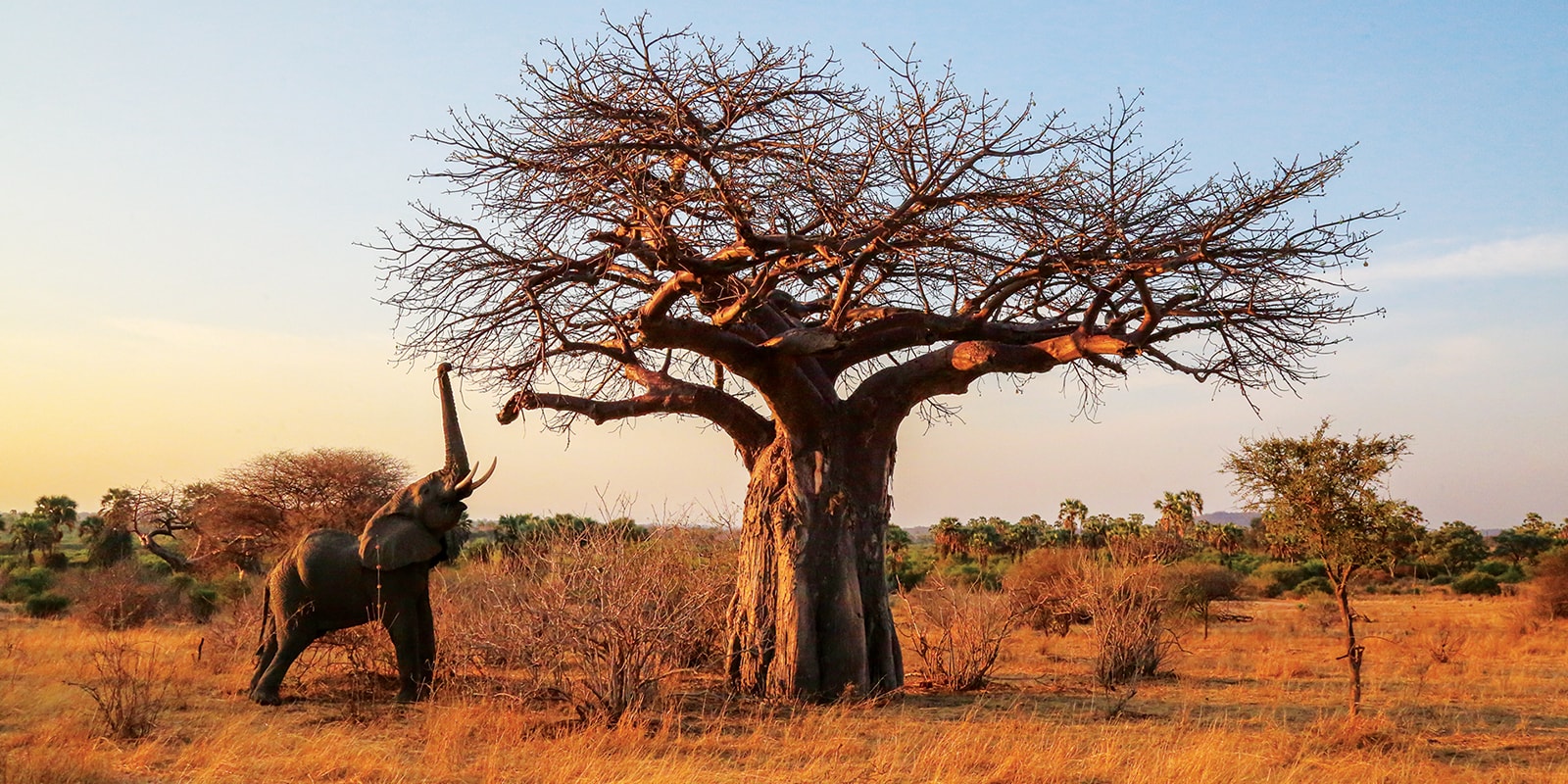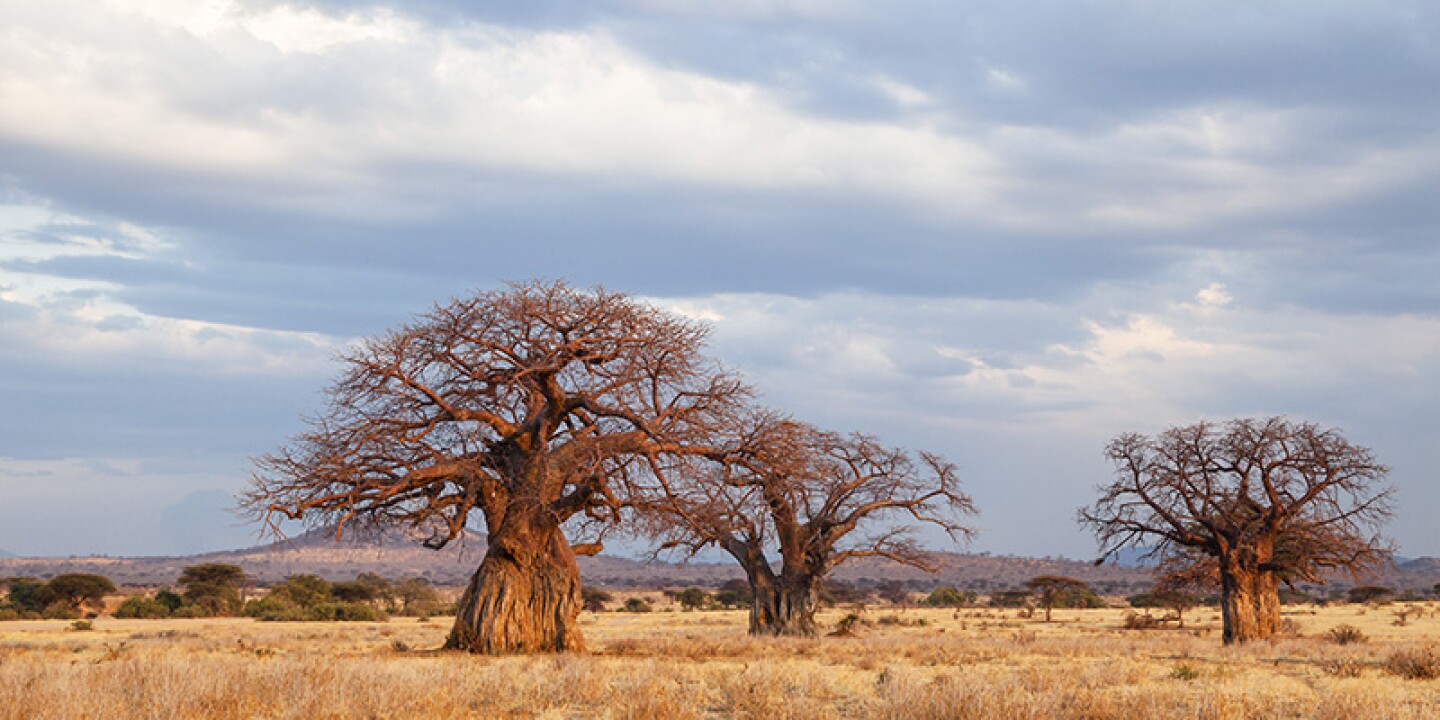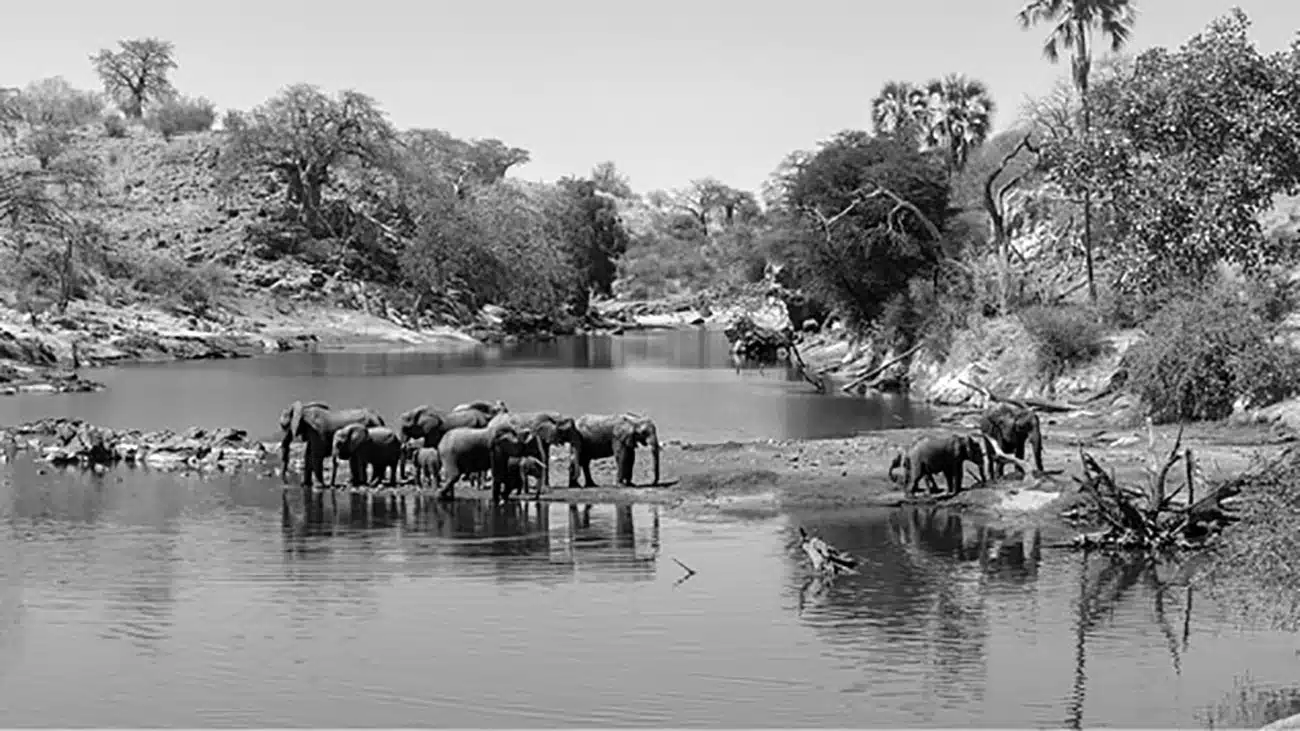Tanzania
Ruaha National Park
Ruaha national park

Ruaha National Park is one of Tanzania’s largest and most remote national parks, located in the central part of the country. Renowned for its stunning landscapes and abundant wildlife, Ruaha offers a truly authentic and less-traveled safari experience. The park is characterized by its diverse habitats, including savannahs, riverine forests, and rugged terrain, making it a prime destination for wildlife enthusiasts and those seeking a more secluded adventure.

Overview of Ruaha National Park:

Ruaha National Park is a vast and diverse wilderness offering exceptional wildlife viewing opportunities and dramatic landscapes. Its combination of riverine, savannah, and woodland habitats supports an impressive array of animals and birds, making it a premier destination for those seeking an authentic and immersive safari experience. Whether tracking elusive predators, observing large herds of elephants, or enjoying the park’s rugged scenery, Ruaha promises a memorable adventure in one of Tanzania’s most untouched and spectacular natural environments.
Great Ruaha River:
- Location: The park features expansive savannahs and grasslands that are dotted with acacia trees and interspersed with seasonal wetlands.
- Ecology: These open areas are crucial for grazing herbivores and support a variety of predators.
Savannah and Grasslands:
- Location: The park features expansive savannahs and grasslands that are dotted with acacia trees and interspersed with seasonal wetlands.
- Ecology: These open areas are crucial for grazing herbivores and support a variety of predators.
Miombo Woodlands:
- Characteristics: The park includes extensive Miombo woodlands, characterized by a mix of deciduous trees and shrubs.
- Ecology: These woodlands provide important habitat and forage for wildlife, especially during the dry season.
Rugged Terrain:
- Features: The park’s terrain includes rocky outcrops and steep hills, which offer stunning views and diverse habitats.
- Ecology: These areas contribute to the park’s varied microhabitats and provide refuge for various species.
How long to stay?
At least 2 days, but some guests would say even a week is not enough.
Facts about Ruaha National Park
- Established: 1964
- Size: Approximately 20,226 square kilometers (7,809 square miles)
- Location: Central Tanzania, between the southern highlands and the central plateau
- Elevation: Varies from about 1,000 meters (3,280 feet) to 1,400 meters (4,593 feet) above sea level
- Climate: Tropical climate with a rainy season from November to April and a dry season from May to October
- Accessibility: Accessible by light aircraft from Dar es Salaam, Arusha, and other major towns; also reachable by road, though this can be challenging due to the park’s remote location
Wildlife in Ruaha National Park
Mammals:
- African Elephants
- Lions
- Leopards
- African Wild Dogs
- Giraffes
- Grant’s Gazelles
- Impalas
- Greater Kudu
- Sable Antelope
- Elands
- Warthogs
- Hyenas
- Buffalos
Birds:
- African Fish Eagle
- White-headed Vulture
- Lappet-faced Vulture
- Secretary Bird
- Pale Chanting Goshawk
- Red-necked Falcon
- Northern Carmine Bee-eater
- African Hoopoe
Reptiles and Amphibians:
- Nile Crocodile
- Various Tortoises
- Monitor Lizards
Insects:
- Butterflies (including various species of swallowtails and other colorful butterflies)
- Dragonflies
